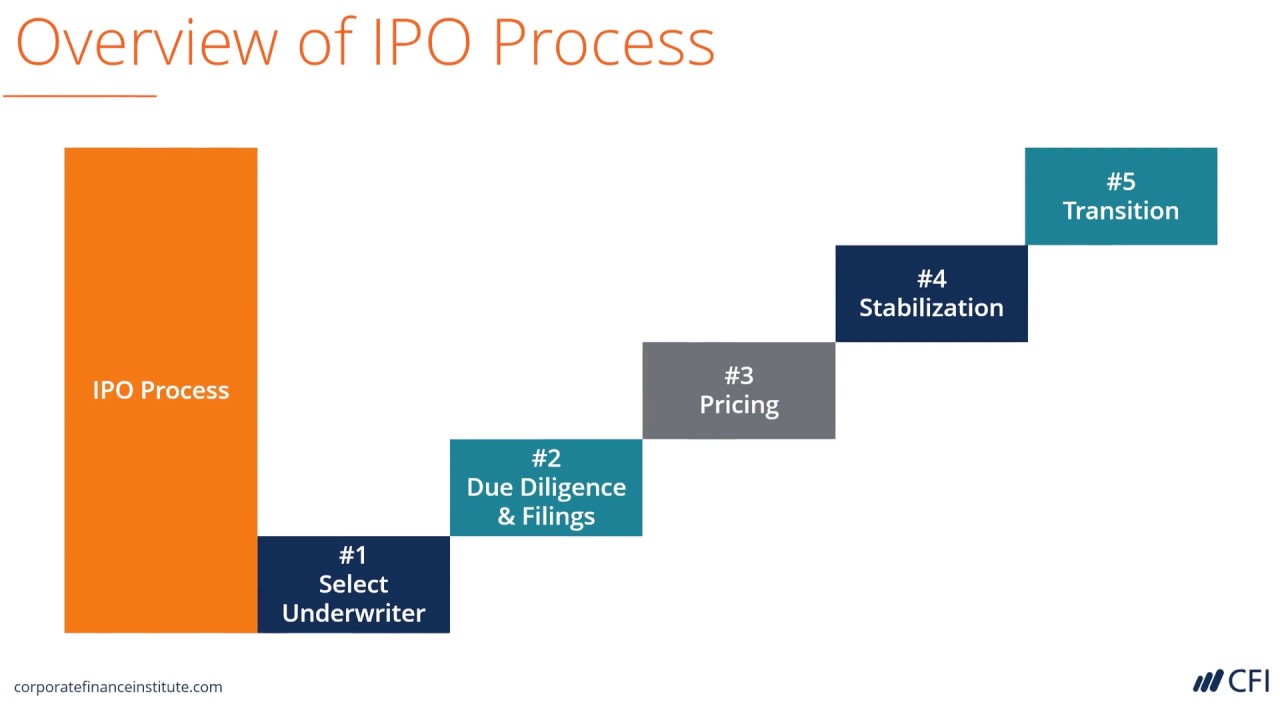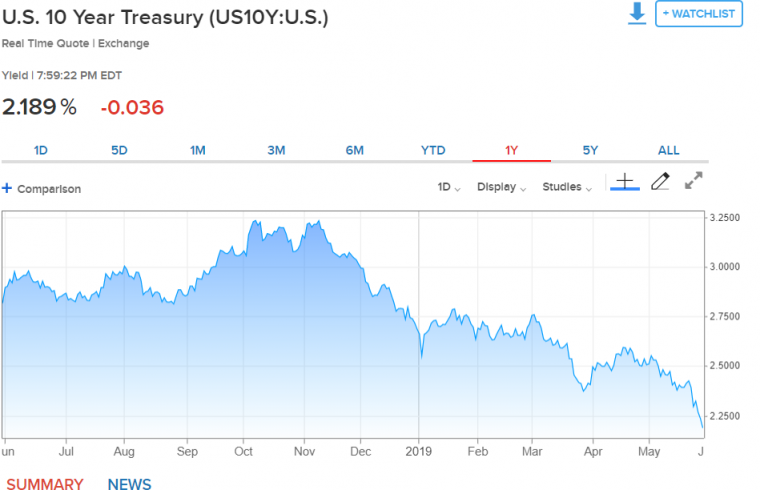The House Financial Services Committee Subcommittee on Investor Protection, Entrepreneurship, and Capital Markets held a hearing last week entitled: “Examining Private Market Exemptions as a Barrier to IPO and Retail Investment.”
The committee invited five experts to testify and one common observation was that there are approximately half as many publicly traded companies today in the US as there were two decades ago.
“The number of public companies in the U.S. capital markets today is less than half the number just twenty years ago. This comes despite the fact that the valuation of the public stock market has boomed in recent years. This change has left investors in the public markets more concentrated in increasingly larger companies,” stated Mike Pieciak in his opening written statement.
Pieciak is the Vermont Commissioner of Financial Regulation at the Vermont Department of Financial Regulation; he is also the past president of the North American Securities Administrators Association (NASAA).
The Securities Industry and Financial Markets Association (SIFMA) recently put out its Capital Markets Factbook which also illustrated this point.
“In 2018, the securities industry raised $2.4 trillion of capital for businesses through debt and equity issuance activity in the United States, a 10.8 percent decrease from the previous year,” SIFMA stated in the factbook.

Pieciak, in his written testimony, noted that one reason for the decline in publicly traded companies is the increased regulatory burden of becoming publicly traded.
“As far back as the 1960s, the SEC began expanding the availability of exemptions for issuers, but it was not until the agency adopted Regulation D that meaningful gaps emerged in the federal securities law framework. Previously, the protections afforded by registration and ongoing reporting were thought to apply to everyone except in limited situations where the companies were small and the investors were otherwise capable of obtaining access to material information about the companies.” Pieciak stated in his written statement. “Regulation D and various other exceptions, some of which were imposed by Congress, established a new framework in which issuers could avoid registration and disclosure obligations if investors were deemed sufficiently ‘sophisticated.’ For decades since, Congress and the SEC have worked within this framework to expand and redefine which investors and offerings fall outside the protections afforded by the federal securities laws for investors in public companies.”
Regulation D expanded the exemptions for companies which could issue shares but remain private.
Here is part of the Securities and Exchange Commission’s (SEC) factsheet on Regulation D. “Under the federal securities laws, any offer or sale of a security must either be registered with the SEC or meet an exemption. Regulation D under the Securities Act provides a number of exemptions from the registration requirements, allowing some companies to offer and sell their securities without having to register the offering with the SEC. For more information about these exemptions, see our Fast Answers on Rules 504 and 506 of Regulation D.
“Companies that comply with the requirements of Regulation D do not have to register their offering of securities with the SEC, but they must file what’s known as a ‘Form D’ electronically with the SEC after they first sell their securities. Form D is a brief notice that includes the names and addresses of the company’s promoters, executive officers and directors, and some details about the offering, but contains little other information about the company. You can access the SEC’s EDGAR database to determine whether the company has filed a Form D.”
Renee Jones is an Associate Dean for Academic Affairs and Professor of Law at the Boston College Law School, and she was another witness who testified at the hearing.
She expanded in her written testimony on how Regulation D has kept more companies private.
“The SEC adopted Regulation D in 1982, creating a comprehensive set of rules for two separate categories of issuer exemptions.12 Exemptions under Rule 504 and 505 were based on the SEC’s authority under Section 3(b) to exempt transactions of $5 million or less, if registration was not necessary to protect the public interest or investors. Rule 506 provides a safe harbor for Section 4(2)’s private offering exemption. Under Rule 506, issuers can sell an unlimited amount of securities to up to 35 sophisticated investors, and to an unlimited number of Accredited Investors. Regulation D defines Accredited Investor to include institutional and individual investors who satisfy the financial thresholds set forth in the Regulation. Individuals can qualify as Accredited Investors if they have an annual income in excess of $200,000 (or $300,000 together with a spouse), or a net worth in excess of $1,000,000.”
Regulation D is only one regulation which has kept money in the private markets, Pieciak noted.
“In 1996, the National Securities Markets Improvement Act (‘NSMIA’) added Section 28 to the Securities Act, providing the SEC with significant flexibility to tailor the exempt offering framework by giving the Commission authority to exempt persons, securities, and transactions, or classes thereof, from registration. NSMIA also preempted state registration requirements with respect to offerings conducted under SEC Regulation D Rule 506, which had the effect of dis-incentivizing companies from pursuing exchange listings in order to avail themselves of exemptions available under state law for exchange-listed securities.
“More recently, in 2012, the ‘Jumpstart Our Business Startups Act’ (or ‘JOBS Act’) enacted provisions that increased the attractiveness of exempt offerings relative to IPOs and played a significant role in companies choosing to stay private. In particular, the JOBS Act raised the number of holders of record that a company can have, from 500 to 2,000, before it is required go public; removed a long standing prohibition against the use of general solicitation for private offerings under Regulation D, Rule 506 and 144A; raised offering limits from $5 million to $50 million under Regulation A.”









